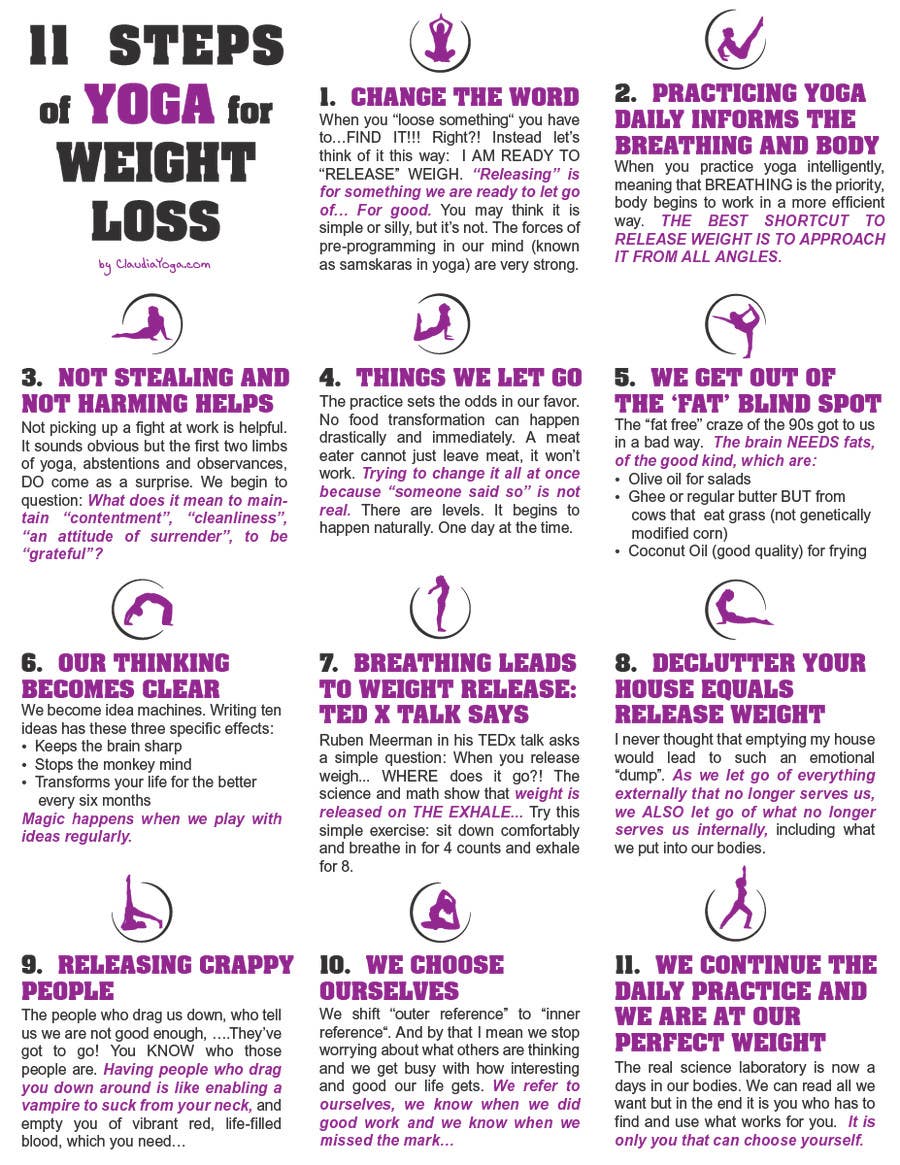Potential Side Effects Of Cold Laser Therapy For Smoking Cessation
Potential Side Effects Of Cold Laser Therapy For Smoking Cessation
Blog Article
Cold Laser Treatment Explained
Trigger factors usually develop as a protective feedback to discomfort or trauma. When they stick around after recovery, they can cause persistent discomfort and limit wheelchair.
Laser treatment lowers discomfort & trigger factors by promoting the bodies natural healing procedures. This aids damage the agonizing cycle of pain-spasm-pain. The following is a summary of the results from a randomized clinical test making use of a low-level laser (80mW, 810nm). Modification ratios were determined by comparing in the past and after treatment values.
Boosted Flow
Low Level Laser Therapy or cool laser therapy utilizes light energy in the form of non-thermal photons that are soaked up by your body cells. This process optimizes the immune feedback within your blood and creates a physiological reaction that advertises recovery and regeneration.
The mobile power created by the laser increases ATP (adenosine triphosphate) which boosts the cell's all-natural ability to recover itself and get rid of waste. Laser therapy additionally causes a widening of the blood vessels around damaged cells, which assists in eliminating cellular particles and supplying oxygen and nutrients to cells.
Unlike alternative treatments, such as electrical excitement or ultrasound, laser therapy can be used on trigger factors and acupuncture points without risk of injury. Researches show that LLLT related to activate points and acupoints dramatically eases myofascial pain disorder. This treatment is specifically efficient when integrated with chiropractic treatment, which aids to straighten misaligned vertebrae soothing nerve stress. The relaxation of muscular tissues generated by laser treatment makes it much easier for chiropractic care changes to work and more boosts recuperation.
Reduced Tension
Lots of patients with pain have a difficult time unwinding their muscles, which can make the muscular tissues even tighter. This is why a common treatment for trigger points is dry needling, which involves sticking needles right into the muscle mass to relax it. This method might appear terrifying, but it's actually rather efficient. It functions because a small injury to the muscle mass contacts healing cells to recover the area and reduce stress.
Along with causing local discomfort, trigger points can likewise aggravate nerves and create referred pain, which is pain felt in one more part of the body. This can trigger troubles like persistent headaches, tinnitus, and decreased range of motion.
This study compared the immediate efficiency of low-level laser treatment related to timeless acupoints and trigger factors in patients with cervical myofascial discomfort disorder. They located that LLLT related to trigger factors significantly reduced myofascial discomfort and boosted cervical series of activity. The scientists wrapped up that polarized LLLT put on set off points may be a reliable therapy choice for myofascial discomfort syndrome.
Enhanced Mitochondrial Activity
Laser laser therapy to quit smoking energy triggers a crucial enzyme in the mitochondria of the cell, creating them to generate even more of the cell's primary energy source, ATP. This process improves cell function, aids in tissue repair and development and sustains total mobile health and wellness.
Utilizing the first law of photochemistry, a laser's light power is soaked up by chromophores in the cell (the bits that absorb and change chemical power). Laser energy absorbed by the cell creates a photodissociation response. In the mitochondria, this creates an increase in cytochrome c oxidase-- a respiratory enzyme that promotes oxygen transportation and electron transfer.
This allows for the launch of adenosine triphosphate (ATP) and various other essential biochemicals. This assists to loosen up muscle fibers, minimize swelling and promote recovery. In mix with dry needling, this leads to a lot more reliable pain relief. Incorporated therapy likewise raises endorphins, the body's natural discomfort combating and relaxation hormones. In one research study, the writers documented complete trapezius trigger point elimination with simply three sessions of far infrared laser irradiation after dry needling therapy.
Minimized Discomfort
Trigger points are the source of much of the pain that individuals experience. They are usually described as "knots." Using cold laser therapy assists to separate the knot and relieve the tension that is caused by trigger points.
Many standard MDs steer clear of from laser therapies, but acupuncturists, chiropractics physician, herbalists, physical therapists, function medicine specialists and even dental professionals utilize them. These therapies are risk-free and non-invasive.
A double-blind, sugar pill regulated study located that low-level laser treatment to set off points significantly reduced discomfort strength in clients with cervical myofascial pain disorder. Acupuncture professionals can palpate a trigger point when the acupoint has particular characteristics, such as being hyper-irritable, having a tight band, and having an extreme regional twitch feedback. Nonetheless, it is commonly challenging to confirm the presence of a trigger factor by palpation. The use of a cold laser to envision trigger points provides a superb device for verifying the presence of trigger factors and their place in the muscle.